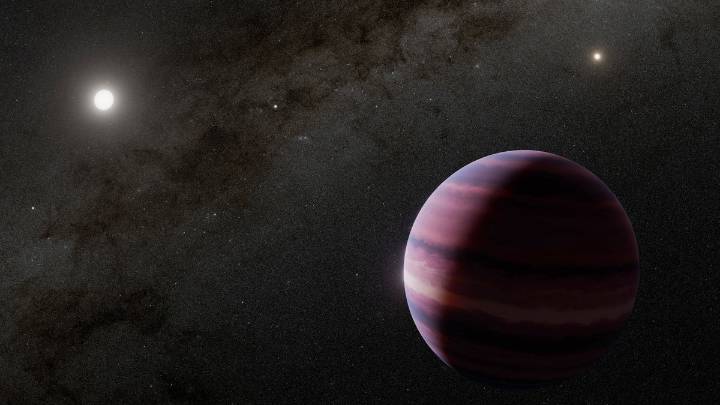Astronomers have found nearly 6,000 exoplanets orbiting other stars. But for every confirmed detection, there are countless mere hints, inconclusive observations that could just as well be blips of cosmic noise or glitches in a telescope. Most are too tenuous to take seriously, but every so often, one of these candidate planets is so tantalizing and potentially transformative that it can’t be ignore.
That’s certainly the case for one recently spotted by the James Webb Space Telescope (JWST) around a sunlike star called Alpha Centauri A, part of the nearest star system to Earth. If the finding were confirmed to represent a planet—and not instead a clump of dust or some instrumental aberration—it would be a gas giant, akin to a warmer version of our own Saturn. It would orbit within Al

 Scientific American Health
Scientific American Health

 KRWG Public Media
KRWG Public Media CBS News World
CBS News World New York Post
New York Post NBC Bay Area Dixon News
NBC Bay Area Dixon News MLB
MLB Raw Story
Raw Story America News
America News